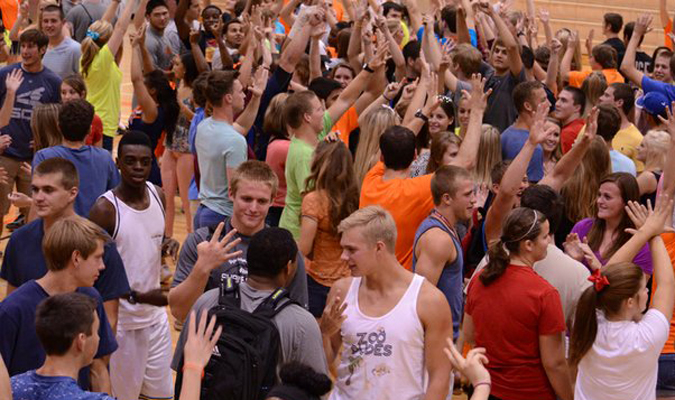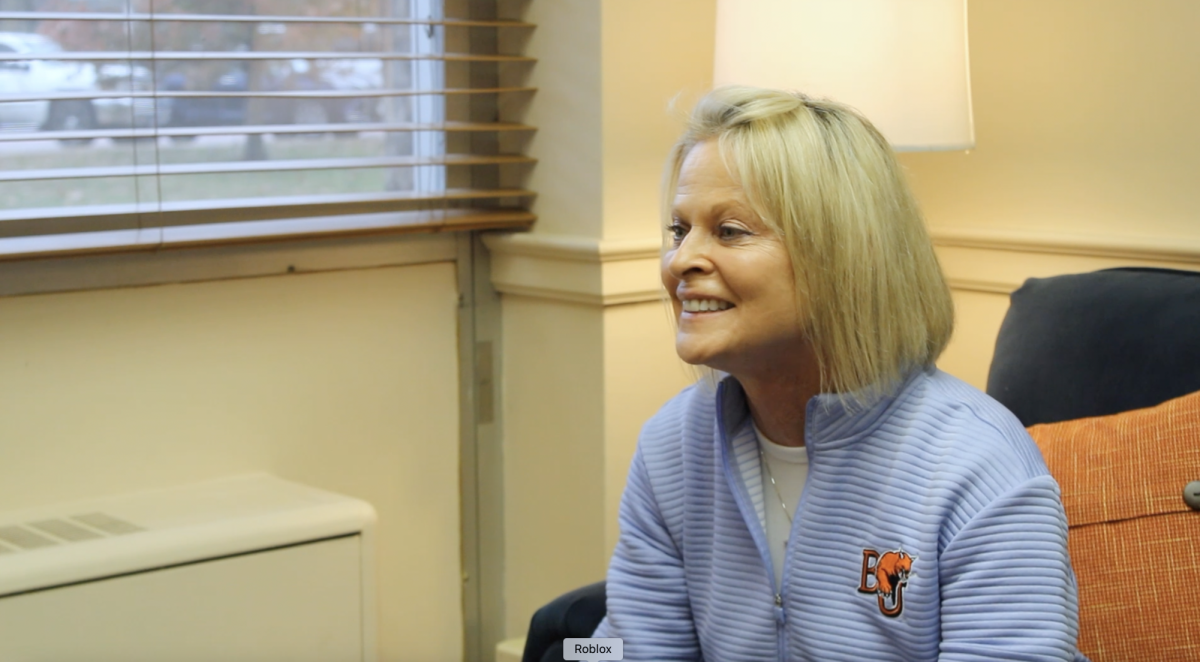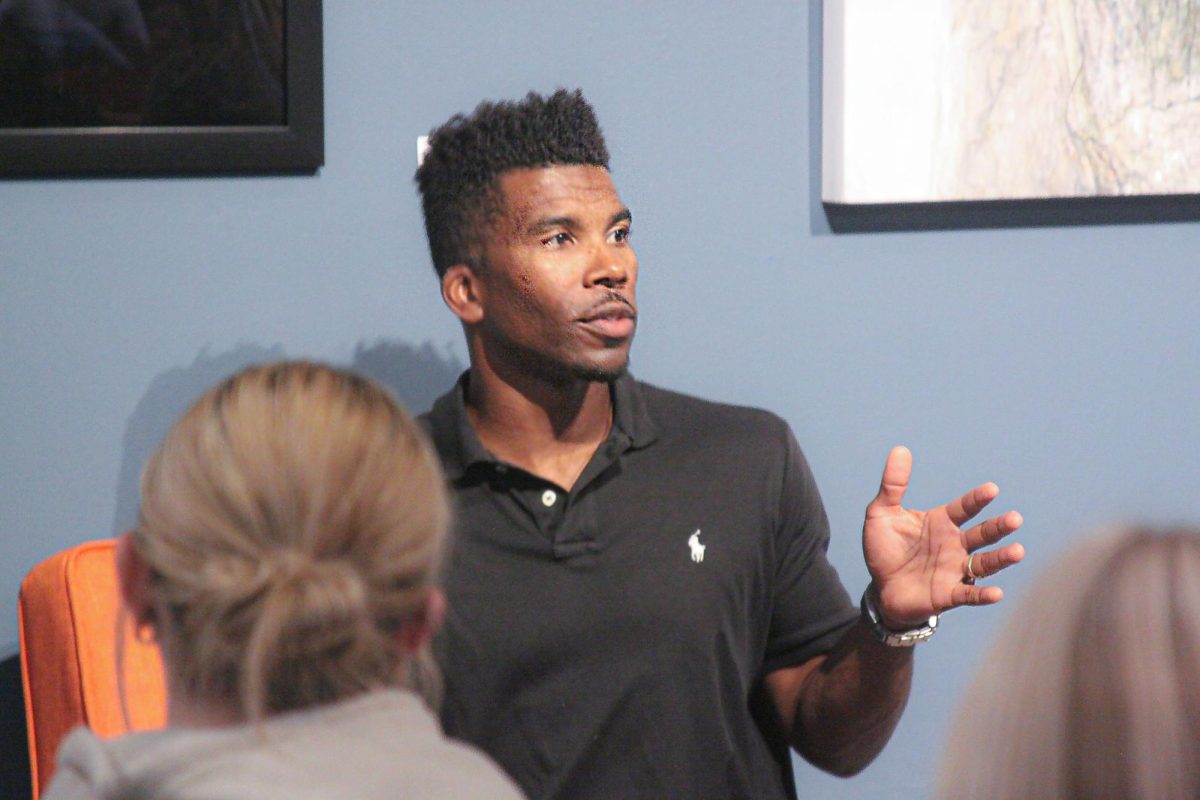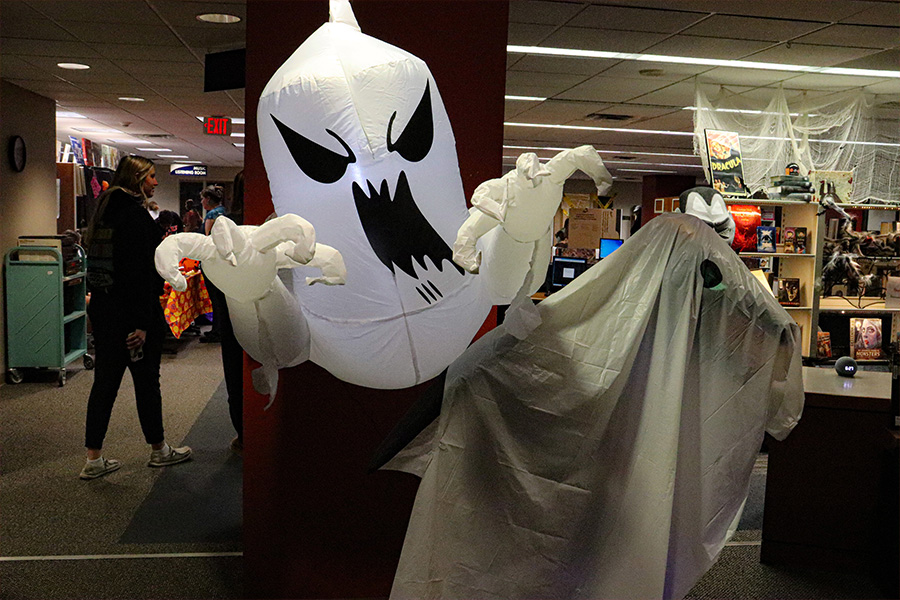Five years ago, 257 new first-time freshmen walked onto Baker University’s campus.
For the next three years, the numbers drastically changed.
184.
200.
201.
This fall, BU enrollment continued its climb by welcoming 235 first-time freshmen, a 17 percent increase.
While this one number doesn’t constitute a trend, this was a big year for the university.
“I think the biggest thing was just the synergy of the whole campus working together,” Senior Director of Admissions Kevin Kropf said. “I like to say it takes a campus to recruit a Wildcat. We had really unprecedented involvement from our faculty. We had just excitement from our coaches on the sports teams doing very well.”
During the fall of 2009, the wrestling and bowling teams were established, causing enrollment to jump to 257 new freshmen students. Then, in 2010, there were just 184.
“How did we move from (257) to 184? Well, during this semester and continuing to some extent into (the next) semester, the economy hit the tank,” Judy Smrha, assistant dean for student engagement and success, said.
Smrha said the economic crisis happened during the fall of 2008, but many high school seniors had already applied to colleges, and their families let them follow through with their college plans, so it wasn’t until the following fall that the university saw the drop in numbers.
“What we saw for the fall (2010) class was this big drop off,” Smrha said. “I think in large part it was because families (were) really, really, put on pause … in terms of sending their kids to a four-year school like Baker.”
Last spring, Kropf said in order to reach the Baker 2020 Strategic Goals, which outlines a goal of exceeding 1,000 students for full-time enrollment, freshman enrollment must be at least 220 students.
“We know that if we’re going to grow overall enrollment, we have to have a number of years that are 230, 235, and 240 to reach that 1,000-student enrollment that’s been set down for us as a goal by 2020,” he said.
While Kropf credits the synergy of the campus for the increase in numbers, it is also a result of the Ivan L. Boyd Center for Collaborative Science Education.
“But really the capstone I think to all of that was the Boyd Center,” Kropf said. “We know that the number of students interested in pre-health and science areas is up 20 percent over the year before, (so) that’s a big part of that growth.”
With the renovation of the new dining hall, Smrha predicts the numbers can only go up.
“I think the renovation work in the union is going to make a big difference,” she said. “When the current high school juniors come for their campus tours and they see the newer facilities, all these things are going to improve.”
Although the new first-time freshman numbers are creeping back up, as of Sunday, 798 full-time degree-seeking students were enrolled for this semester at Baker University. This number is down from the 812, 821 and 863 full-time degree-seeking students in the fall of 2012, 2011 and 2010, respectively. The official full-time enrollment numbers will be available on the 20th day of the semester.
“We’ll continue to wait and see in terms of our final numbers, they happen on the 20th day … which is September 18,” Smrha said. “Obviously, at this point, we don’t add any new students. So the question is how many people are going to tough it out.”
While only 47 transfer students arrived at Baker this semester, Assistant Director of Admissions Renay Stithem took over transfer students last May, and she hopes to help spread the word about Baker.
“We have a rapid response program set up so that when a student applies, I contact them that evening. I contact them the day of their application,” Stithem said. “I think it’s a better option of getting them that rapid response — that information right away.”
In an effort to bring in more transfer students, Stithem will be visiting each community college in Kansas to show potential students their options.
“It’s just a matter of trying to get to them early and get them interested and keep them interested and have them come visit campus and really see what Baker has to offer,” she said.
Though it is still early, Baker University applications are already up 25 percent from years past for the next academic year.
“It’s kind of like you see the hay growing in the field, and it’s not full grown yet and you’re not sure if it’s all going to come in,” Kropf said. “But it’s better than no hay growing at all.”








